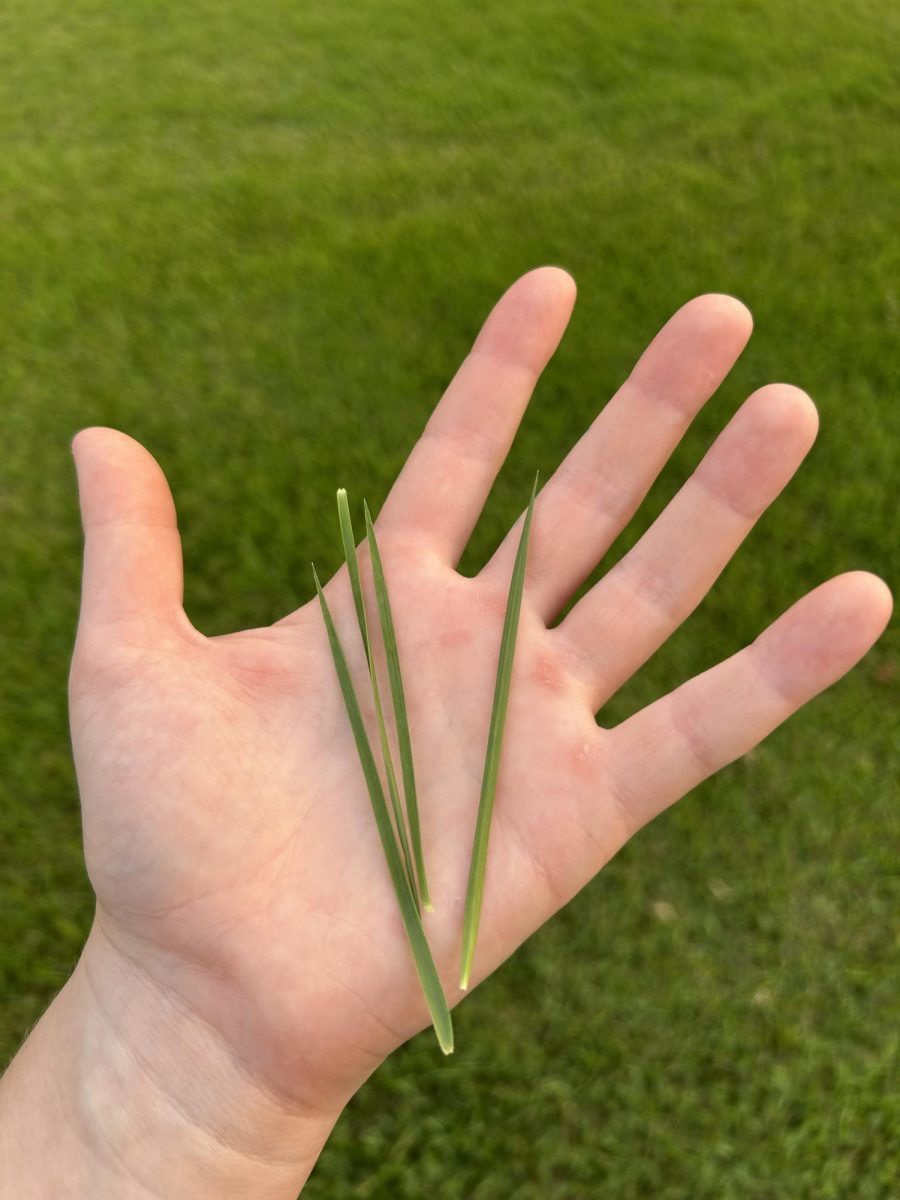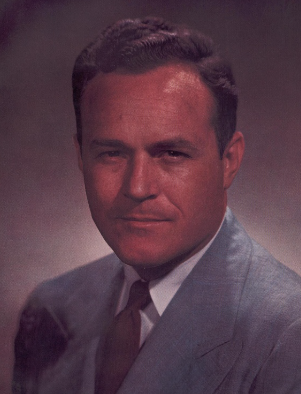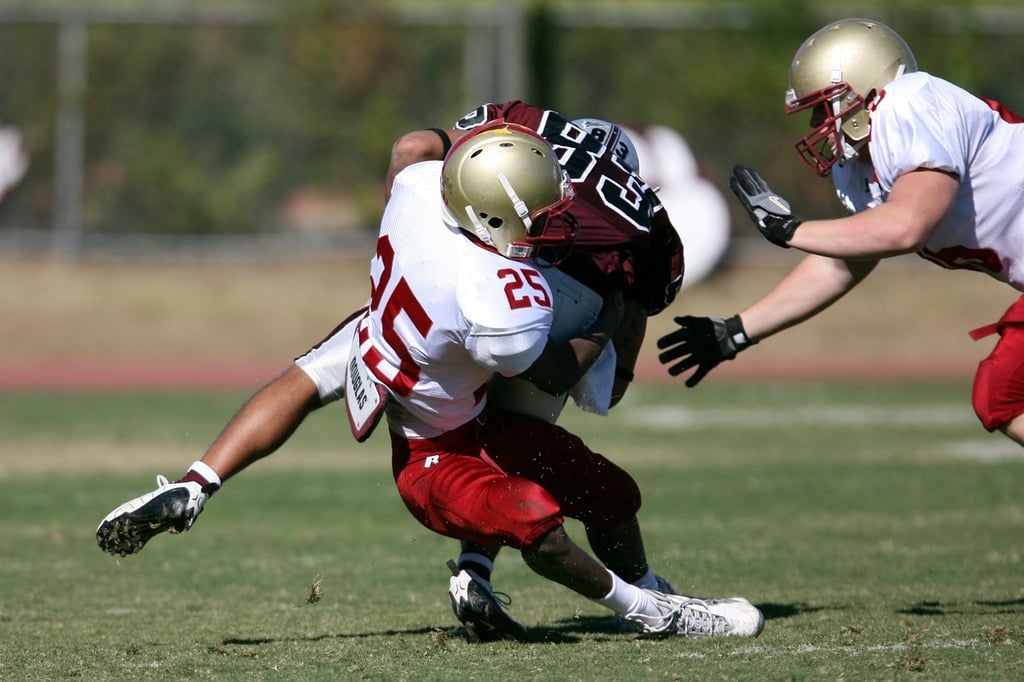American football is an impactful aspect of American culture, whether at the professional or recreational level. According to the National Football Federation, around 18.6 million viewers tune in annually. In 2023, approximately 5.6 million children over the age of six participated in tackle football.
While the passion for football in America is undeniable, the effects on young athletes can harm their development. Despite numerous studies addressing the appropriate age for children to play tackle football, many parents remain uncertain about when it’s safe for their children to start. Although some continue to advocate for youth tackle football, children under the age of 14 should not participate due to the risks of brain damage, orthopedic injuries, and long-term health consequences.
Foremost, youth tackle football can cause irreparable damage to children’s brains. One possible outcome of youth football is Chronic Traumatic Encephalopathy (CTE), a brain disease caused by reoccurring instances of head trauma. Moreover, these repeated head traumas can lead to increased unusual and harmful proteins in the brain, causing cell loss and damaging brain tissue.
CTE can also lead to behavioral changes, such as moodiness, memory loss, and trouble balancing. Several studies have shown that the risk of developing CTE increases the longer children play tackle football; for example, a survey conducted by the Concussion Legacy Foundation found that “the risk of CTE increases by 30% each year, meaning it doubles for every 2.6 years of football played.”
Furthermore, the Concussion Legacy Foundation gathered additional evidence from a study on factors contributing to the development of CTE. The study revealed that CTE is not directly linked to the number of concussions sustained while playing football. Instead, it found that the risk of developing CTE correlates with the number of years spent playing tackle football: “…the risk of developing CTE is not linked to the number of concussions but is instead linked to the number of years playing tackle football.”
Additionally, Jack Shiu of Lighthouse News explains how youth are more prone to permanent brain damage: “Young athletes’ developing brains are more vulnerable to the lasting effects of such injuries, which can include cognitive deficits, memory impairment, and CTE.”
Along with tackle football imposing risks of CTE, it can also lead to increased concussion rates that have different effects on the body. Dr. David Leopold at the National Institutes of Health states that “…football had both the highest concussion rate of any sport studied, and because of the large number of athletes who play, it caused by far the most concussions—nearly as many as the next 10 sports on the list combined.”
Dr. Robbins from Robbins Headache Clinic also writes about a study he witnessed: “A Virginia Tech study assessed seven and eight-year-olds over 2 seasons. They wired the helmets with sensors. The young players averaged 100+ hits per season, mostly in practice. Many of these blows exceeded 40 g-forces, and some reached 80 to 100 g-forces…[producing] serious brain damage.” This comparison emphasizes the brute force demonstrated during tackle football and how much a player’s head is at risk of severe brain damage.
Along with neurological injuries, orthopedic injuries also occur during tackle football. Dr. Brown, a sports medicine expert at the Children’s Hospital of Philadelphia, writes, “Many football-related injuries are musculoskeletal and involve the lower legs, ankles, and feet. Injuries typically include sprains, strains, fractures, and contusions.”
Furthermore, the National Council of Youth Sports discusses more possible injuries in tackle football: “ACL injuries are also seen on the football field, and playing an offensive position is a known risk factor for this injury (tight end, wide receiver, or running back).” This evidence highlights a common injury in youth and reveals the dangers of playing an offensive position.
Youth under fourteen should not participate in tackle football because it can seriously affect their neurological and orthopedic health, causing long-term impairments. A safer alternative is flag football, which involves fewer head impacts and physical contact. Flag football has also been shown to be more effective in player development, with the primary focus being player growth and skills.
Government legislation should be enacted to ensure children’s safety by restricting youth under the age of fourteen from playing tackle football and prioritizing enhanced protection through helmets and other safety equipment. Overall, kids deserve a fun way to exercise without worrying about the damage to their health.










































Tyler Draper • Feb 3, 2025 at 1:00 pm
Rowan, I watched a documentary recently on Junior Seau who was a star NFL player. The documentary went into depth about his health struggles post playing football, and the CTE results scientist found by studying his brain. I enjoyed reading this and agree that flag football is a safe alternative for younger kids. Some leagues are changing the way players can tackle too, such as not leading with their helmets. Great article!